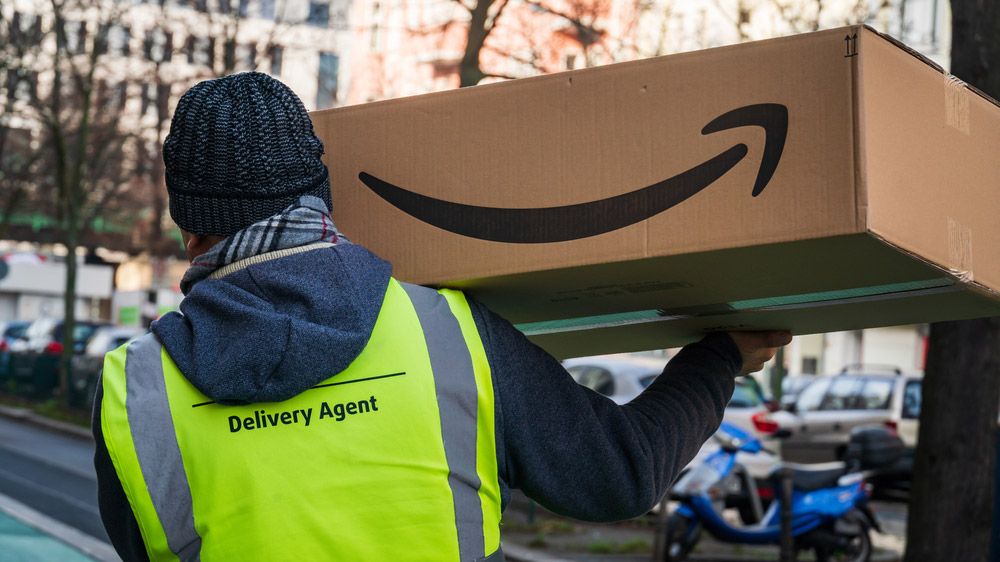
Amazon sells several hundred billion dollars — yes, that’s a real number — of goods to consumers every year. There’s a decent chance at least a few of those dollars came from your pocket.
Unfortunately, popular retail marketplaces like Amazon and eBay also attract scammers who are looking to take advantage of shoppers by cheating them out of money, personal information or both.
Fraud capitalizing on Amazon’s reach has been on the rise. Amazon impersonators who have nothing to do with the actual company targeted 96,000 people from July 2020 to June 2021, and successfully scammed 6,000 of them out of more than $27 million. Older adults are disproportionately victimized, with a median reported loss of $1,500.
And that’s just one type of Amazon-related scam. Criminals have found many creative ways to steal from Amazon consumers.
Here are some of the red flags to watch for when shopping on Amazon, or when contacted by someone pretending to represent Amazon.
What are the most common Amazon scams?
One of the most common scams you could encounter is an Amazon-impersonator scam. According to the Federal Trade Commission, one in three people targeted by business impersonators reports that the fraudster claimed to be from Amazon.
This scheme could involve an “Amazon representative” offering to refund you for a purchase, then claiming they transferred more money to your bank account than you were owed and requesting that you return the “overpayment.”
In another…







